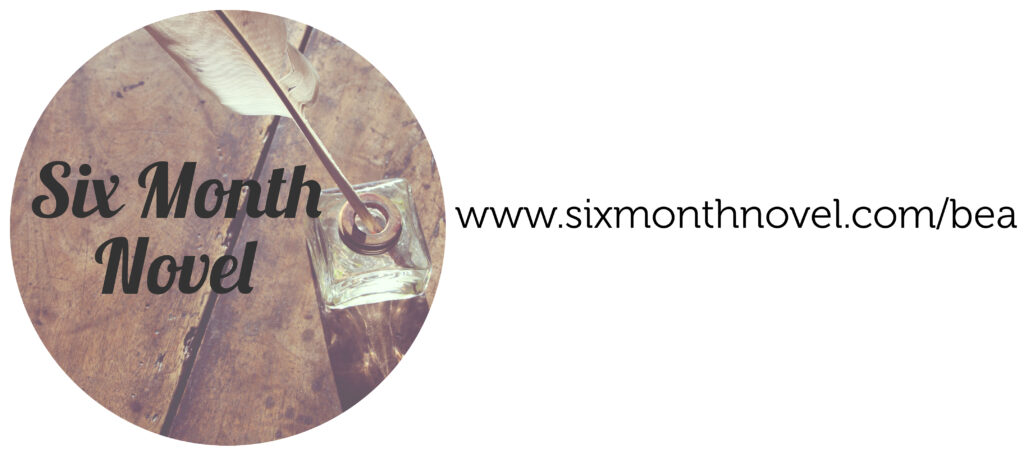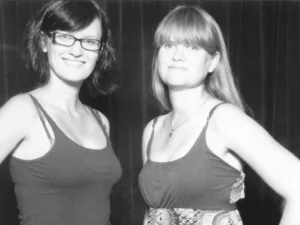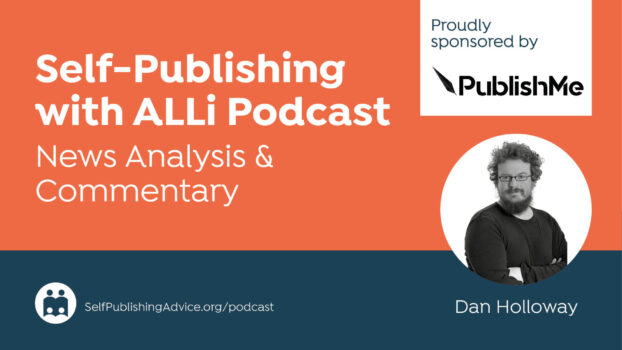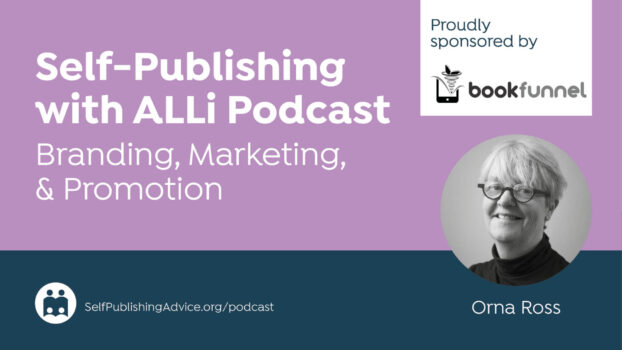 In this live 20 minute presentation from BEA, editor, book designer and indie author Amie McCracken outlines how to get your first draft down in six months.
In this live 20 minute presentation from BEA, editor, book designer and indie author Amie McCracken outlines how to get your first draft down in six months.
Click here find out more about Aimie McCracken
Imagine yourself looking smugly at a big sheaf of paper on your desk. It’s six months from now, and that’s your finished draft.
It's definitely possible. The video above covers the planning and pre-writing stages. It will even help you tackle the writing itself, but it doesn’t delve too deeply into the editing, and that’s what I’d like to continue with here.
This is, of course, my forte. My favorite part about writing is fixing issues after the manuscript is already written. Writing itself is difficult for me, but editing is a breeze. So I have some things that will help make it as easy and fun for you as it is for me.
My number one editing tip: let the manuscript rest. You need some time for your brain to process things. It’s subconscious. So let that manuscript gather some dust and go read a book or see a few movies or just ignore it.
Onto the steps of editing that will get you to a completed and ready for submission manuscript!
- The first edit is a skim read. While you read, write down each plot point on a blank indexcard. Then you can put the cards up on the wall and see what needs moved, what needs removed, and what is missing. It’s a reverse outline, and it’s wonderful for reminding yourself what you have written but also helping you get the bigger picture.
- Then it’s time to fix those bigger problems! Add scenes, cut scenes, get bloody. Apply whatever changes you made to the index cards in your actual manuscript.
- Now you’ll get into the structure. Consider overall ideas and make sure they are totally necessary for your story. Are there any characters that need cut or added? Are you missing a quirk your protagonist needs to help show his character? Or is there a setting that has become obsolete? Take care of all of those things.
- Digging even deeper you’ll start looking at each chapter as if it were it’s own story. Does the chapter have an arc? Does it engage the reader from the first sentence and does it keep them gripped with the last?
- With each edit you will get more microscopic. So the first edit looks at the big picture, the next looks at each chapter, then each scene, then each sentence. Once you get down to each sentence you might need to fix tiny consistency problems. For example, say your character loves tea but you find halfway through she starts guzzling coffee. You go back and begin fixing that, but while you’re reading you find that your antagonist had a pet cat before and now it’s a parrot. So you add that to your list and continue fixing. You’re accumulating problems, snowballing, and soon it will be an avalanche. So keep your fixes to a minimum with each read through. It might mean you read the manuscript a million times, but your final product will be pristine.
- You’ll also need to consider cadence and flow. This is when we get to my number two editing tip: read it out loud. There are so many things you won’t catch while reading silently because your brain fills in the holes.
- The final step is the nuts and bolts, proofreading. This is simply to make things beautiful for submission or publication. And this step usually requires another set of eyes. You have seen it too much.
- Tell me, after you’ve read your manuscript fifty-odd times, is it painted on the back of your eyelids when you shut your eyes? Good. You’ve done things right. But you need someone else to catch the grammar and punctuation errors.

There are two main approaches when it comes to editing. One is the blank slate, the other is rearranging. If you are the type who feels overwhelmed by the idea of taking existing words and molding them, forcing them, manipulating them into something that makes sense, the blank slate might be for you. It’s a technique where you read the work you’ve already written, consider your notes on what changes are needed, and then open a fresh document and rewrite from scratch.
I am a proponent of rearranging. I much prefer taking what I’ve already written and making it shine. But the style you choose is entirely up to you and dependent on what you are most comfortable with.
Most of all, don’t let the editing process bog you down.
Just like with writing habits, find the editing process that fits you best so it continues to be a creative and interesting task, not a terrifying one.
If you would like to find out more about the Six Month Novel program, head on over to our website at www.sixmonthnovel.com. We also posted some handouts to help you write your novel in six months.
And if you’d like to find out more about me, please visit my website at www.amiemccracken.com. I’m a freelance editor and book designer interested in all things self-publishing. And my partner in crime, Charlie Haynes, runs Urban Writers’ Retreat in London.






[…] another 20 minute podcast from book designer and indie author Amie McCracken that outlines how to get your first draft down in six months. With this approach you can start it at NaNoWriMo camp and finish it by the end of the […]
[…] The Six-Month Book: From Concept to First Draft Completion : Aimie McCracken | Self-Publishing Autho… […]